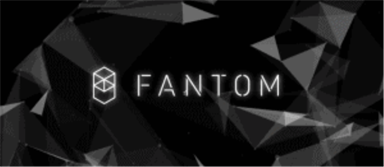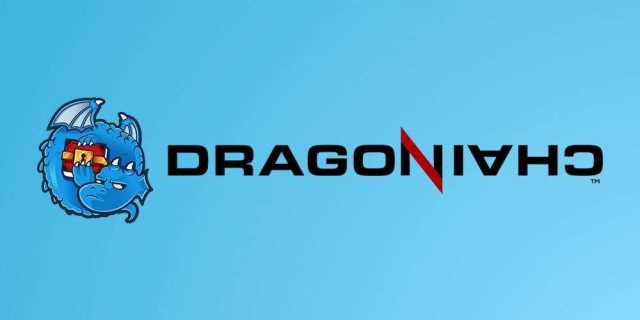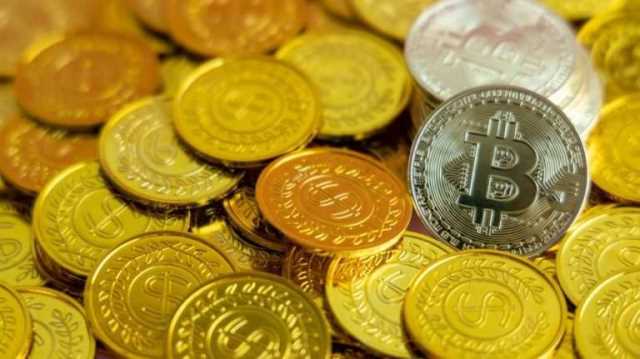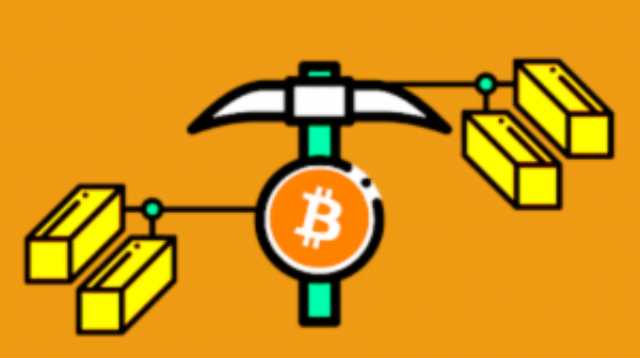
The process of recovering these coins requires solving complex puzzles, validating cryptocurrency transactions on a blockchain network and adding them to a distributed ledger to locate them. Its operation also helps to concentrate the hash power of all solo miners to find new block rewards. Miners are then rewarded based on their individual contributed hash power. Crypto mining is a process blockchain networks, like Bitcoin and other cryptocurrencies, use to finalize transactions. It’s called mining because this process also releases new coins into circulation. Put simply, crypto mining is really just guesswork with a monetary incentive—aka proof of work.

Make your money work for you

The mechanisms of mining can seem baffling to everyday users because the process relies on complicated cryptography that is intended to prevent fraud and theft. Bitcoin mining typically uses powerful, single-purpose computers that can cost hundreds or thousands dollars. With cryptocurrency, there is a risk that someone with Bitcoin could make a copy of that Bitcoin and send that to a merchant instead of the real thing. Mining is, in effect, a process of auditing and verifying Bitcoin transactions to prevent the problem of “double spending”.
Is Bitcoin Mining Profitable?
You should not construe any such information or other material as legal, tax, investment, financial, or other advice. Nothing contained herein shall constitute a solicitation, recommendation, endorsement, or offer by Crypto.com to invest, buy, or sell any digital assets. Any descriptions of Crypto.com products or features are merely for illustrative purposes and do not constitute an endorsement, invitation, or solicitation. Every 210,000 blocks, or roughly every four years, the Bitcoin mining reward halves.
How Much Money Can You Make Mining Bitcoin?
- It’s a slow process with high electricity costs and no guarantee of rewards.
- A cold wallet is a physical storage system for your crypto data, like a hard drive.
- A Race attack is when two transactions are forwarded into the network with similar funds.
- For most of Bitcoin’s short history, its mining process has remained an energy-intensive one.
- With that understanding, let’s turn to the various types of cryptomining available.
Since cryptomining consumes a lot of power, electricity cost is an essential factor that impacts your profitability and functionality. The slowest and least efficient way to mine cryptocurrency is CPU mining — that is, using your personal computer. Most CPUs don’t have the processing power to mine cryptocurrency with any speed, and mining takes so much power that there’s a real danger of your computer overheating, especially with a laptop. As with any financial endeavor, the goal of crypto mining is to ensure that the cryptocurrency you mine is worth more than what you spend on mining it.
- Individual miners join pools to increase their chances of earning rewards consistently.
- So, miners needed to generate a number equal to or less than the above number.
- There are much more affordable hardware versions, but the more you pay, the faster you can hash.
- Bitcoin was designed to be a people’s currency, which means it aims to replace the current fiat currency.
- To publish the block there needs to be confirmation through one or multiple miners in a mining pool.
- But when miners compete to solve complex mathematical problems to meet the required hash criteria, the process is computationally intensive because it requires a lot of trial and error.
- When a block is validated, the transactions bundled in it are verified and the block is added to the chain.
- The amount of electricity consumption in kWh, efficiency, difficulty, time taken to complete the mining process, and the Bitcoin value are deciding factors.
- The main drawback is that it also costs a lot of money to mine crypto, both in terms of the hardware you need to purchase and the amount of electricity required to mine for it.
- This decreases the chances of a nefarious actor or third party making negative updates to the blockchain.
More importantly, miners prevent the risk of a double-spend situation. Bitcoin pays out a mining reward each time a new “block” is entered into the permanent record of transactions. The reward shrinks every few years, but for now, it is 3.125 BTC.

What is cryptocurrency? What to know about this increasingly popular digital currency before investing
A bitcoin mining calculator is a great way to keep track of hashing and costs. When miners use computations to create a new block on the blockchain, they are trying to guess the target hash. Miners are rolling the dice using their GPUs and generating a 32-bit sized nonce or number only used once. There has been some critique over decentralized cryptos, namely altcoins, such as coins operated through the ethereum blockchain network. Stakers holding more tokens may have an advantage in the network over those with fewer. Hash rate is a measure of the total computational power being used by a proof-of-work cryptocurrency network to process transactions in a blockchain.
Sign up for free online courses covering the most important core topics in the crypto universe and earn your on-chain certificate – demonstrating your new knowledge of major Web3 topics. The block isn’t said to be confirmed until five blocks later, when it has gone through How does crypto mining work six total validations. Each block contains the hash of the previous block—so when the next block’s hash is generated, the previous block’s hash is included. Remember that if even one character changes, the hash changes, so the hash of each following block will change.

Separate Transactions Are Added to a List of Other Transactions to Form a Block
The central bank is centralized because to use it to exchange money, we rely on a third party to hold our money and do our transactions. Dark Defender’s chart marks the beginning of this corrective phase, suggesting that wave C could bring the price down to around $0.499 before the market resumes its upward trajectory. “The ABC wave can take 2 days to complete & can extend to $0.499,” the crypto analyst noted. Earlier this year, Vance circulated draft legislation to overhaul crypto regulation and make clearer whether specific crypto tokens should be regulated by the SEC or the CFTC. Politico reported that the proposal seems to be “more industry-friendly” than previously-introduced bills.
Crypto Analyst Predicts XRP Price To Hit $1.03 Soon, Warns Of Initial Dip
They include physical attributes like the mining hardware used, network difficulty, electricity costs and many others. Crypto stakers are rewarded with new native coins + a portion of transaction fees, aka tips. As Bitcoin mining has matured, the barrier to entry for individual miners has been raised. Now, most mining is carried out by “pools” of miners who combine their resources and attempt to use their cumulative computing power to earn Bitcoin rewards. Mining for Bitcoin isn’t as cheap as it once was, but this still doesn’t prevent investors from carrying out this activity.
